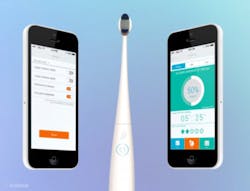A review of some serious health issues
References
1. Pertussis. In: Atkinson W, Wolfe S, Hamborsky J, eds. Epidemiology and Prevention of Vaccine-Preventable Diseases. 12th ed. Washington DC: Public Health Foundations, 2012. http://www.cdc.gov/vaccines/pubs/pinkbook/pert.html.
2. Bechini A, Tiscione E, Boccalini S, et al. Acellular pertussis vaccine use in risk groups (adolescents, pregnant women, newborns and health care workers): a review of evidences and recommendations. Vaccine. 2012; 30(35):5179–5190.
3. Centers for Disease Control and Prevention. Pertussis (whooping cough). Fast Facts. August 28, 2013. http://www.cdc.gov/pertussis/fast-facts.html.
4. http://www.cdc.gov/pertussis/downloads/BAM-villain-for-kids-fs.pdf.
5. Committee on Infectious Diseases, American Academy of Pediatrics. Pertussis (whooping cough). In: Pickering LK, Baker CJ, Long SS, McMillan JA, eds. Red Book: 2012 Report of the Committee on Infectious Diseases. Elk Grove Village, IL, 2012:553–556. http://aapredbook.aappublications.org/content/1/SEC131/SEC237.body.
6. Cohen S, Black A, Ross A, and Mandel E. Updated treatment and prevention guidelines for pertussis. Journal of the American Academy of Physician Assistants: January 2014 - Volume 27 - Issue 1 - p 19–25.
7. The Truth about Pediatric Root Canals. http://ireport.cnn.com/docs/DOC-1073285/.
8. http://www.kolibree.com/.
Sincerely,
Maria Perno Goldie, RDH, MS
To read previous RDH eVillage FOCUS introductions by Maria Perno Goldie, go to introductions.
To read more about pertussis and dental hygiene, click here.






